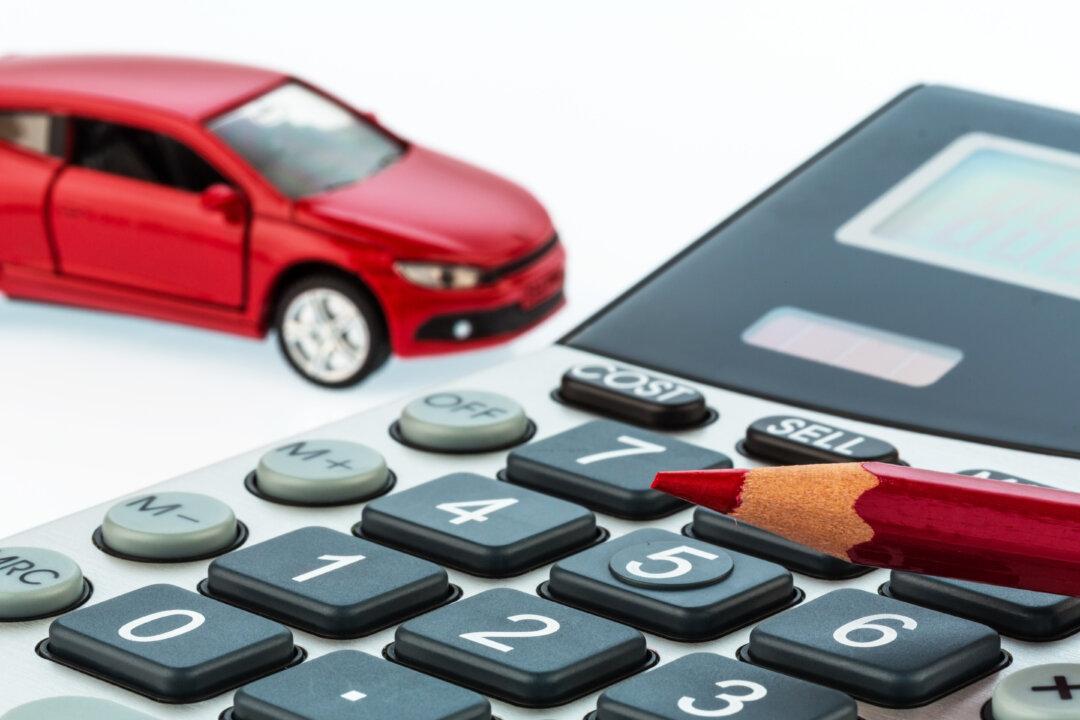When it comes to business tax deductions, one of the most overlooked helps are your auto and transportation fees. This may be because business owners are either unaware of this benefit or just don’t believe that it’s worth the hassle.
The thing is, business mileage deductions aren’t that complicated. And, when done correctly, your could even end up with a substantial deduction from your taxes owed.






